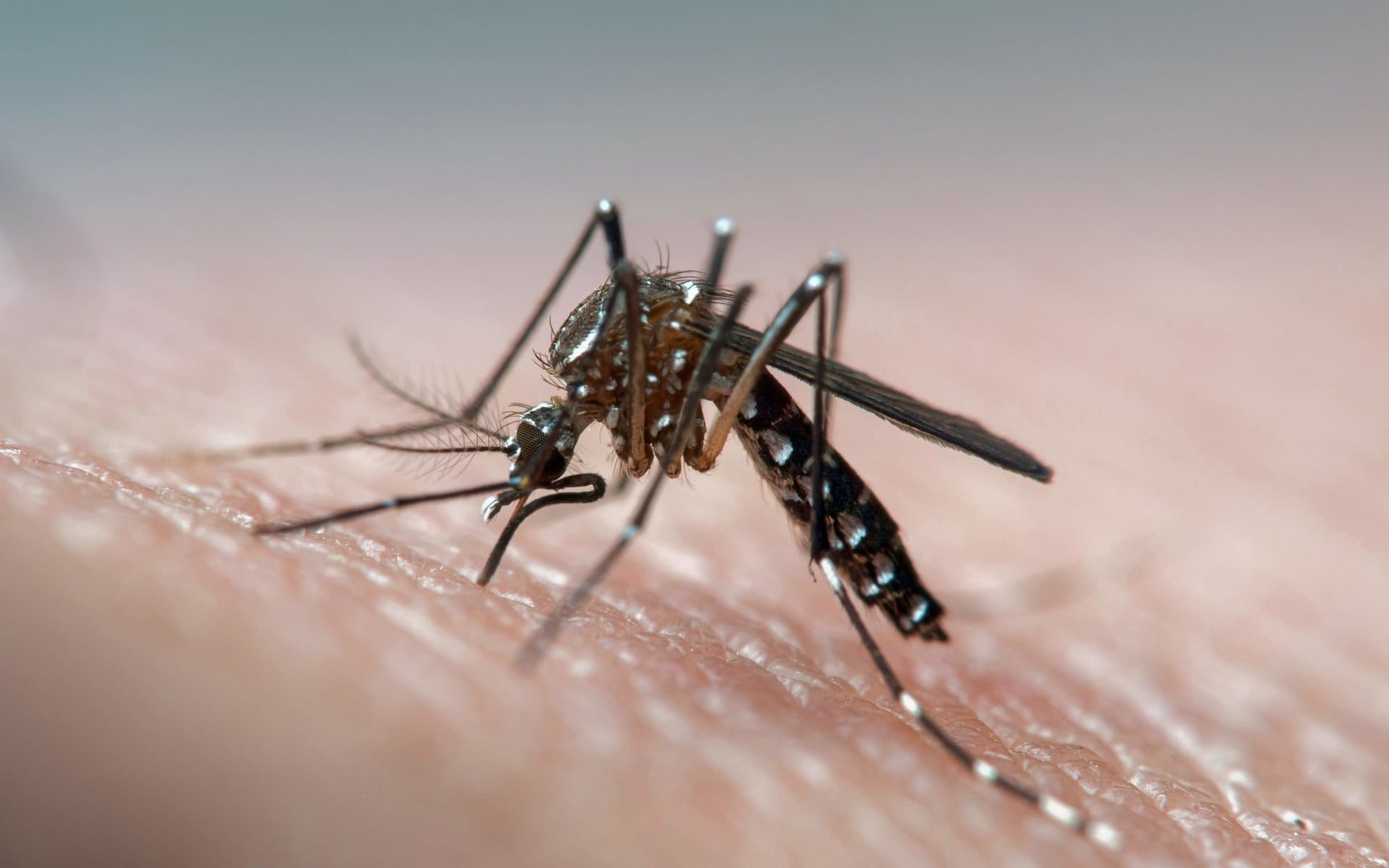
© USDA/ARS/ELECTRON & CONFOCAL MICROSCOPY UNIT/LYNN CARTA/GARY BAUCHAN/CHRIS POOLEY/MYCOLOGY AND NEMATOLOGY GENETIC DIVERSITY AND BIOLOGY LABORATORY; COLORIZATION BY IT SPECIALIST/SOYBEAN GENOMICS AND IMPROVEMENT LABORATORYSome researchers believe a nematode native to Asia is causing a deadly disease in American beech trees.
A mysterious disease is starting to kill American beeches, one of eastern North America's most important trees, and has spread rapidly from the Great Lakes to New England. But scientists disagree about what is causing the ailment, dubbed beech leaf disease.
Some have recently blamed a tiny leaf-eating worm introduced from Asia, but others are skeptical that's the whole story.Regardless of their views, researchers say the outbreak deserves attention.
"We're dealing with something really unusual," says Lynn Carta, a plant disease specialist with the U.S. Department of Agriculture (USDA) in Beltsville, Maryland.
American beech (
Fagus grandifolia), whose smooth gray trunks can resemble giant elephant legs, can grow to almost 40 meters tall.
It is the fifth most common tree species in southern New England and in New York state — and the single most common tree in Washington, D.C.
Its annual nut crop provides food for birds, squirrels, and deer.



Comment: See also: